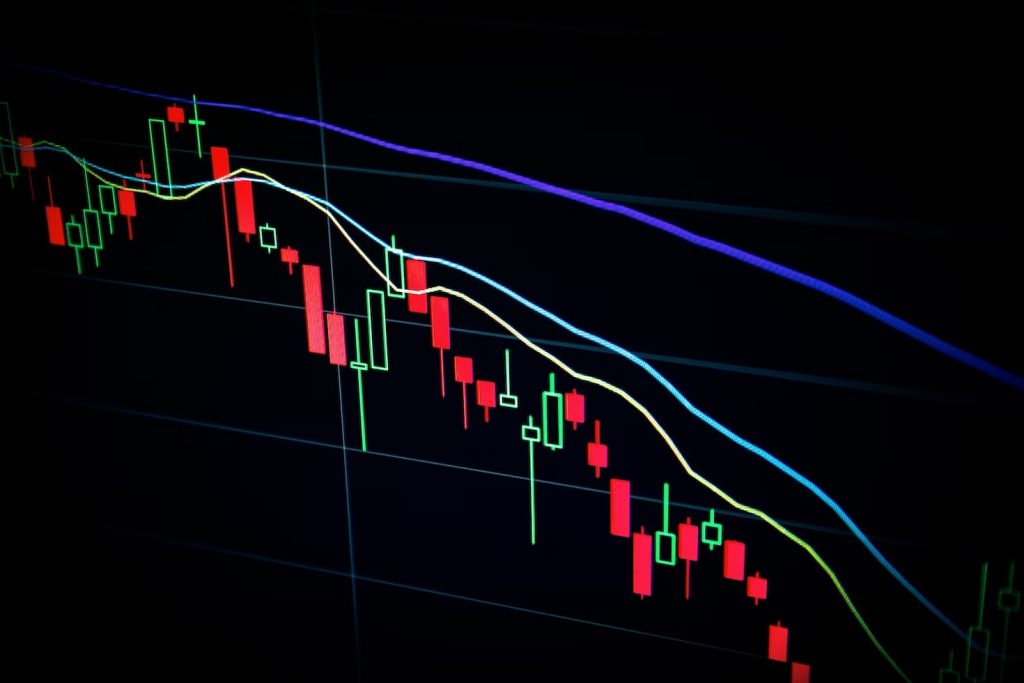The world of online trading is characterised by dynamic complexities and subtle indicators. One of the most potent tools in the trader’s arsenal is the use of predictive analytics, which relies heavily on pattern recognition. Among these patterns, triangle patterns hold particular significance due to their predictive potential and their inherent interpretability.
They serve as crucial indicators in forex trading, and predictive analytics uses these patterns to forecast market trends with a degree of precision. Keep reading to learn more about the important role triangle patterns play in predictive analytics for forex trading.
Table of Contents
The Role of Triangle Patterns in Predictive Analytics

Predictive analytics in forex trading leverages sophisticated algorithms and statistical techniques to analyse historical forex data. The objective is to predict future trends and price movements. Here, triangle patterns play a vital role. They offer valuable insights into market psychology, helping to anticipate future price action based on past behaviours.
Before diving deeper into their significance, it’s essential to understand what triangle patterns are. In forex trading, a triangle pattern, also referred to as the continuation pattern, is a specific formation identified on the price chart that signals the likelihood of a breakout, either upwards or downwards. They are typically characterised by converging trend lines that form a shape similar to a triangle. Traders keep a keen eye on these patterns, as they usually indicate substantial price movements in the near future. They are generally classified into three types: ascending, descending, and symmetrical, each offering distinct market insights.
Traders and trading algorithms alike monitor these patterns to prepare for potential volatility. As they can form during both uptrends and downtrends, their detection contributes to a more holistic and adaptable predictive model. Moreover, each type of triangle pattern provides unique cues about the market direction.
Ascending triangles indicate potential upward breakouts, while descending triangles suggest a downward trend. Symmetrical triangles, on the other hand, do not favour a particular direction, creating an environment of suspense and potential opportunity in the market. This inherent variability and predictive potential make triangle patterns a centrepiece of data analysis in forex trading.
Triangle Patterns and Technological Advancements

With the surge of technological innovations in the trading arena, the role of triangle patterns has evolved significantly. Forex trading platforms harness the power of machine learning and AI to recognise these swiftly and accurately, which may be challenging for individual traders due to the volume and speed of data.
These AI technologies not only improve pattern recognition but also enhance the predictability of outcomes. By learning from vast quantities of data and identifying patterns more accurately, these advanced technologies help shape more precise and effective trading strategies. Further, advancements like real-time data processing and cloud computing facilitate the immediate recognition of these patterns, ensuring timely decision-making in online trading.
Additionally, the advent of big data has enriched the predictive capacity of these systems. The accumulation of trading data over time, including the frequency and implications of various triangle patterns, provides fodder for machine learning algorithms, allowing them to draw more precise and relevant inferences. As technology continues to advance, the relevance and application of predictive analytics are set to expand, contributing to the evolution of the online trading landscape.
In summary, the significance of triangle patterns extends beyond their role as simple indicators. They encapsulate market sentiment and enable predictive models to forecast potential breakouts, contributing to the dynamism and richness of online trading. As forex trading platforms continue to evolve, harnessing the power of AI and machine learning, the role of these patterns in predictive analytics will likely become even more prominent.
While no single pattern or indicator can guarantee success in the often unpredictable world of forex trading, the careful interpretation and application of triangle patterns undoubtedly serve as crucial components in the art of predicting forex market trends.

